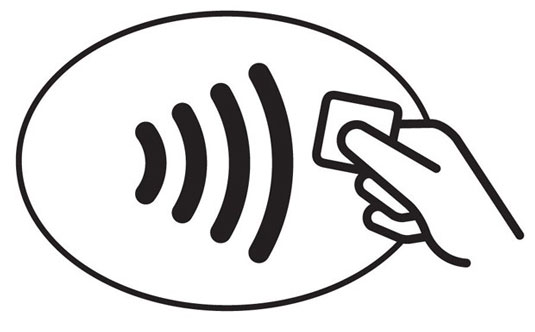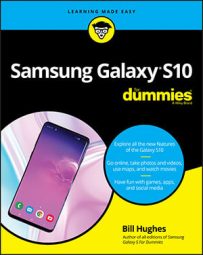Besides a fingerprint, you can enter a four-digit PIN or a quick retinal scan by glancing at your phone. You choose the security option that is most convenient for you, and Samsung makes sure that everything flows securely. All the authorizations were set up when you set up the credit card with Samsung Pay.
Really. That’s all there is.
It sounds so simple. The interesting thing is that this capability has been around in one form or another for over 20 years. Back in 1997, Mobil gas stations implemented contactless payment with their Speedpass. Users on the system would tap their Speedpass fobs that they would keep on the key ring on the reader installed on the gas pump.
Their credit card would be charged for the gas they pumped. Initially, the tap was all that it took to pay for the gas. Later, users needed to add their ZIP code to enhance security. In spite of Mobil’s best efforts, the system had only moderate success. There are a range of reasons, but a major concern was that people were already hesitant to even carry yet another thing. It is the inclusion of some new technology within smartphones that makes it so much more convenient.Visa and MasterCard also tried contactless systems with limited success. One of their major challenges is that not enough credit card readers support the contactless payment system. After years of trying, fewer than 10 percent of all credit card readers as recently as 2015 have this capability. Those readers that do support contactless payment have the logo shown here.
 The contactless payment logo.
The contactless payment logo.The contactless payment approach got a significant boost when Apple introduced the Apple Pay system on the iPhone in 2014. Like some other technologies that have struggled to find widespread acceptance, the implementation by Apple produced enough momentum to overcome resistance to its widespread use.
Examples include the Apple Macintosh with its use of a mouse, the Apple iPod revolutionizing the acceptance of MP3 players, and the Apple iPad creating a revolutionizing a trend for tablets. All of these technologies were pioneered by other companies before Apple made them popular.
The Apple Pay system has seen significant success in an area where others have struggled. The retailers with the contactless credit card technology have seen a huge increase in its use from iPhone customers.
With Samsung Pay, however, Samsung has leapfrogged Apple. Samsung Pay works similarly to Apple Pay with contactless payment devices. It also works with the vast majority of standard credit card readers. Take that, Apple!
While 10 percent of credit card readers in retailers today support contactless payment, another 85 percent of credit card readers at retailers have readers that can read the magnetic stripe on the back of your credit card. Samsung Pay along with your Samsung Galaxy S10 have the electronics built in to work with the contactless system but also the electronics to convince the magnetic stripe readers that you have swiped your card!
The technology within your phone that works with the standard credit card readers is called Magnetic Secure Transmission, or MST. When you place your phone near the magnetic stripe reader, it sends a very short-range signal to the magnetic stripe reader on your card that simulates the signals it gets when you physically swipe a magnetic stripe reader.
Your imagination could go wild and come up with ways that fiendish people could potentially steal this technology. One can never say never, but there are extensive procedures that are put in place to set up this capability to prevent it in most instances. The rest of this chapter walks you through those processes.Probably the biggest drawback in using this technology these days is that too few retail clerks know that it will work. They freak out the first time they see it as they are probably familiar with contactless payment methods, know that they do not have it, and do not know about this slick solution. They will want to ask you more about it, which will end up taking more time than if you were paying by writing a check and having to provide two forms of identification!

